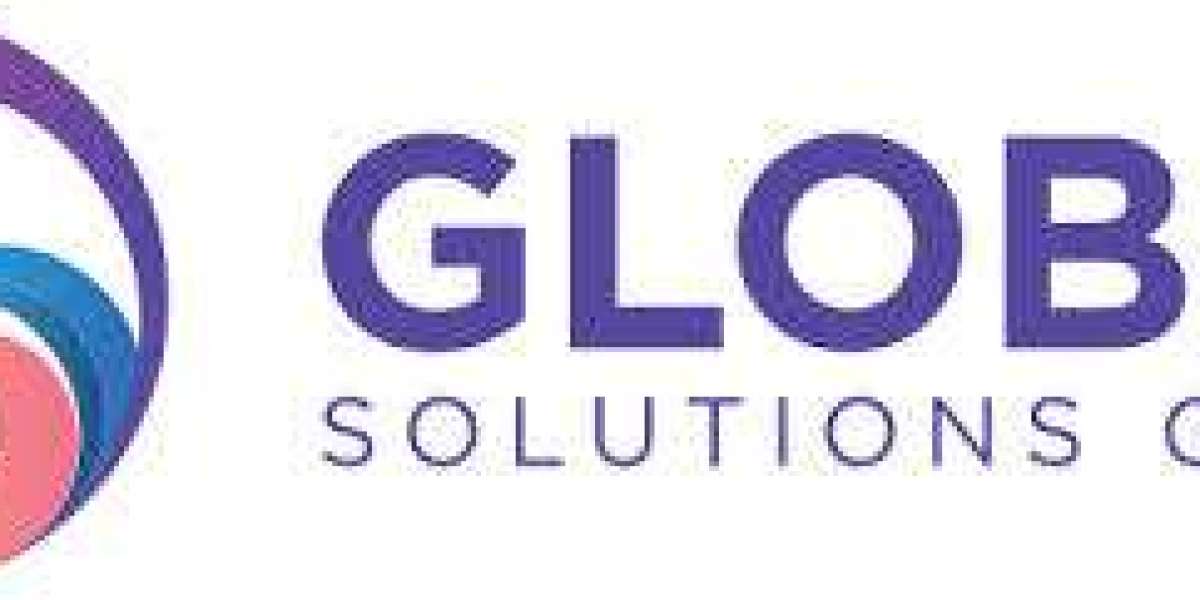Whether you’re protecting an API with throttles, enforcing multi-tenant quotas in a cloud service, or governing feature flags and compliance rules, being able to trace policy decisions quickly reduces downtime, speeds incident response, and provides the logs you need for compliance. Below are the top tools and techniques that teams should use to make policy limit tracing effective.
Instrumentation & Observability Foundations
Before anything else: instrument everything related to policy evaluation.
Structured logs: Emit structured, machine-readable logs for every policy decision. Include the rule id, inputs (user ID, tenant, resource type), evaluated expressions, timestamp, policy version, and the final decision (allow/deny/throttle). Structured logs are easy to query and correlate with traces and metrics.
Distributed tracing: Use a tracing system (OpenTelemetry-compatible) to attach policy evaluation spans to request traces. Each evaluation should be a span with attributes for rule ID, latency, cache hit/miss, and outcome. This links policy behavior directly to user-facing latencies and errors.
Metrics: Capture counters and histograms: total evaluations, denials, throttles, latency of evaluation, cache hit ratios, and policy-load failures. Metrics enable alerting when policy behavior deviates from expectations.
Use Policy Engines That Support Explainability
Choose or extend policy engines that support explanation and debugging features.
OPA (Open Policy Agent): policy limit tracing, popular for its Rego language and policy-as-code model. With OPA, you can log the partial evaluations and use tools like trace and explain to see evaluation paths. Build admission hooks to capture the evaluation context.
Envoy + WASM filters: For network-level limits, Envoy with WASM policy filters can expose detailed telemetry about which filter triggered and why.
Commercial policy platforms: Many SaaS policy platforms include built-in explainability. Prefer engines that return an evaluation trace (or allow you to instrument the evaluation process).
Centralized Policy Logging & Correlation
Policies often run in multiple places (edge, API gateway, microservices). Centralize their logs and traces.
Correlation IDs: Ensure every request carries correlation IDs (request id, tenant id). Make sure policy evaluation logs include these IDs so they can be joined with app logs.
Log aggregation: Ship structured logs to a centralized system (e.g., ELK stack, Splunk, Datadog). Create dashboards that surface high-level policy trends and let engineers drill down into individual decisions.
Trace linking: Store trace IDs with policy logs so you can open a full trace from a policy decision to see the upstream and downstream context.
Caching and Explainable Cache Behavior
Policy systems often cache results for performance. Make cache behavior transparent.
Cache metadata in spans/logs: Record whether a decision came from cache, cache TTLs, and cache keys. If a cached decision causes an unexpected denial, you’ll know to invalidate caches or change expiration.
Versioned policies: Tag evaluations with the policy version or commit hash. This makes it trivial to correlate a behavioral change with a policy update.
Auditable Policy History & Version Control
For compliance and rollbacks, maintain an auditable record of policy changes and the ability to replay historical decisions.
Policy-as-code in VCS: Store policy code in Git with PR review. Use CI to lint and test policies before deployment.
Policy change logs: Log who changed a policy, why, and when, and tie that audit record to evaluations where possible (e.g., “policy v1.3 evaluated for request x”).
Replay tools: Build or use tools that can replay historical requests against new or previous policy versions for testing.
Simulation & Shadow Mode Testing
Before flipping a new policy live, test its impact without enforcing it.
Shadow evaluation: Run the policy in parallel (non-enforcing) and log what would have happened. Compare enforced vs. shadow decisions to find false positives/negatives.
Canary releases: Gradually roll policies to a subset of tenants and monitor the effect with dedicated dashboards and alerts.
Fine-grained Telemetry & Drilldowns
When investigating a policy incident, you need the ability to go from a metric anomaly to the raw decision.
Drilldown dimensions: Metrics should be tagged by tenant, rule id, resource type, and rule version so you can quickly pivot and find affected customers.
Top-N dashboards: Surface top rules causing denials, top tenants affected, and trendlines for these items.
Root Cause Techniques
When a policy limit incident happens, combine multiple data sources to find the root cause.
Correlation of logs + traces + metrics: Use the correlation ID to fetch the trace, the policy evaluation logs, and the relevant metrics histogram to see if a throttle spike coincided with increased latency or a surge in requests.
Diff evaluations: If a request was denied unexpectedly, compare the inputs and evaluation path against a previously successful request to see which predicate changed truthiness.
Replay in a sandbox: Re-run specific requests in an isolated environment with verbose tracing enabled.
Automation: Alerts, Auto-Remediation, & Safeguards
Prevent policy-induced outages with automation.
Alerting: Create alerts on high denial rates, evaluation latency spikes, or sudden bursts of cache misses.
Graceful fallback: For critical paths, consider soft-fail or degraded mode where policies default to permissive behavior under failure (but with heavy logging and alerting).
Auto-rollbacks: If a new policy version causes a surge in errors, automated rollback policies driven by SLO breaches can limit blast radius.
Governance, Documentation & Training
Good tools don’t replace human processes.
Policy catalog: Maintain a searchable catalog of active rules, intent, owners, and business impacts.
Runbooks: For each critical policy, document how to investigate, common failures, and rollback steps.
Training & reviews: Regularly run tabletop exercises where engineers practice tracing policy incidents using real tools and dashboards.
Quick Example Flow (How it all ties together)
A tenant reports 403 errors. They supply the request ID req-123.
Using the correlation ID, you pull the trace (OpenTelemetry) and find a policy evaluation span marked policy:rate-limit:v2 that returned deny.
The span attributes show cache: miss, limit_remaining, and policy_version:abc123. Logs show the policy was deployed 5 minutes earlier.
Dashboards reveal a spike in denials for the new policy version, and shadow mode showed high false positives during the canary.
You roll back to the previous policy version, confirm denials stop, and open a PR to adjust the rule and add better test coverage.
Conclusion
Successful policy limit tracing is a combination of the right tools and disciplined techniques: rich, structured telemetry (logs, traces, metrics), explainable policy engines, centralized correlation, versioning and audit trails, and strong testing (shadow/canary).
When paired with automation and governance, these practices reduce the time to detect and fix policy-induced failures and make policy changes auditable, reversible, and safe. Start by instrumenting policy evaluations as first-class citizens, once decisions are visible and traceable, everything else becomes far easier.



